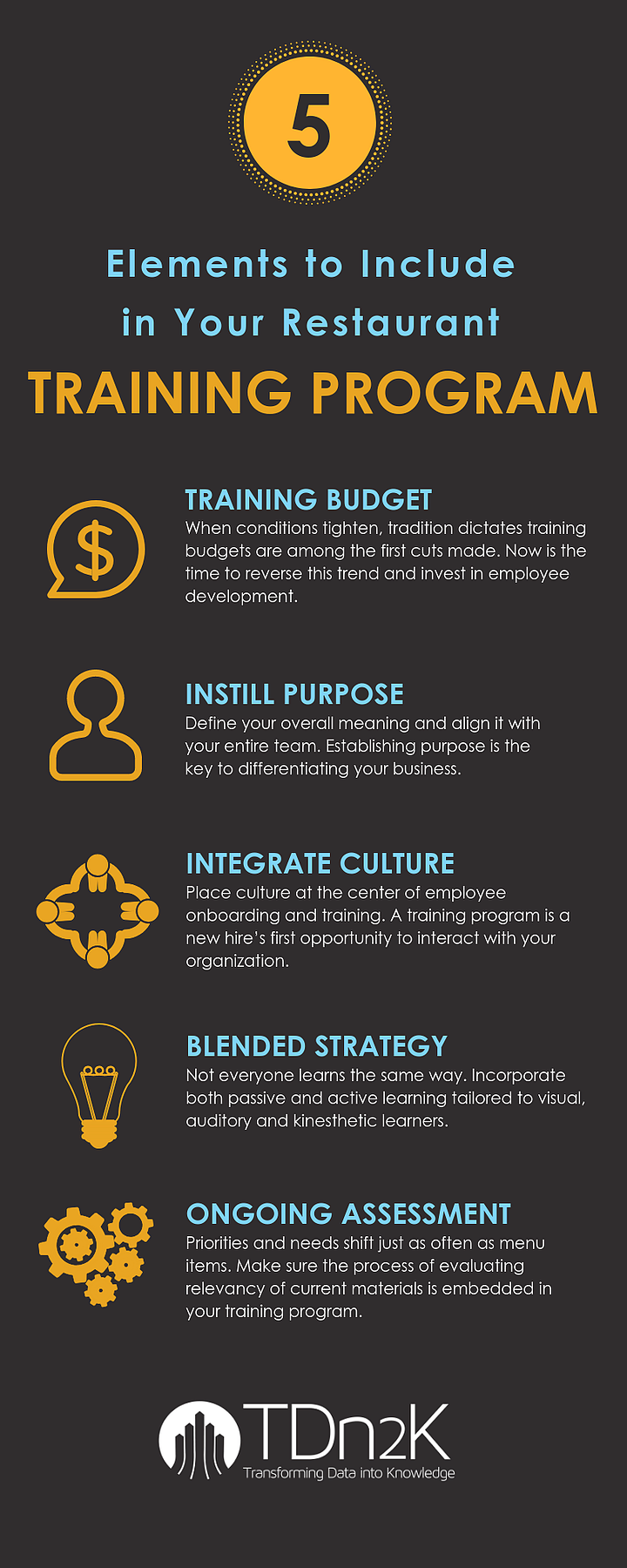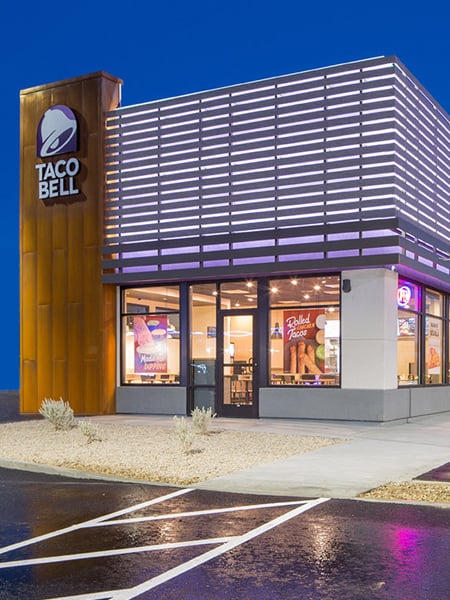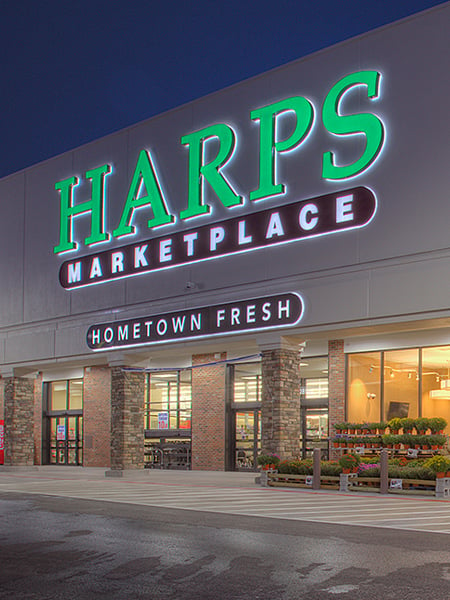How to enrich frontline training with impactful communications
by Sean Oliver, on October 22, 2019
Time and again, service businesses are reminded how critical effective staff training is to their success. Those who put the most time and effort into preparing their frontline teams see results in the form of better guest experiences, more engaged employees, and lower turnover. Recent research by TDn2K found that 48% of top-performing restaurants invest in rigorous training for new employees, as compared to only 17% of other restaurants. Operators tell TDn2K that training is one of their most effective retention strategies, especially when programs go beyond simply relaying procedural information, to effectively instill purpose and integrate the organization’s culture.
According to TDn2K’s most recent Restaurant Industry Snapshot:
“Data has shown that those companies investing in employee training, career development (particularly for their managers) and crafting a strong sense of purpose throughout their workforce will be those positioned to fare better in retaining and engaging their workforce. They will also provide a superior service experience to their guests, which ultimately is what wins the restaurant market share battle.”
We hear this sentiment echoed by our customers all the time. Many of them say that Crew’s team communication capabilities play an important role in their learning and development programs. Here are six ways you can improve frontline relationship-building and information-sharing to ensure training success:
1. Make the most of your employee orientation. There are several ways digital communications tools can help you prepare new hires to become successful ambassadors for your brand. Use Crew’s Enterprise Files to make sure everyone has all training policies, employee handbooks, and more right in their pockets on day one. Also encourage your team to welcome and connect with new staff by messaging them on Crew. As a result, they’ll start to feel part of the team before they even meet their co-workers in person, and will quickly get a sense for your organization’s culture.
2. Set deadlines for new or ongoing classes. Make sure that nothing falls through the cracks by assigning Crew Tasks to team members who need training. A top Wendy’s franchisee did this to boost individual ownership over training requirements. It helped stores improve their average number of food handler certifications per employee and maintain the training levels Wendy’s corporate required.
3. Never stop training. Our friends over at Harps Foods remember how difficult it was to capture and promote best practices before Crew. Frank Ray, Harps’ VP of HR, noted, “Crew gives us a way to quickly document and share learnings that make the whole business run better. For example, inventory is always a stressful time for our grocery departments. Being able to post a short video of how we want things done during inventory is great because everyone can see it and learn.”
4. Regularly reiterate frontline goals and expectations. When you build result-sharing into your everyday communications, you can keep key training takeaways top of mind and maintain better alignment and accountability across the team. For example, Mark Sulzle, area coach at a 62-location Pizza Hut franchisee, has his managers share labor results four times a day so everyone always knows where they stand on their goals.
5. Recognize good work and hidden talent. It’s important to celebrate well-trained teams by highlighting wins, which is easy to do with Crew Gold Stars. Not only does this promote the positive behaviors you want all team members to replicate, it helps you identify people in your organization that might be ready for management training or other roles. John Vining, Director of HR at Brown’s Super Stores, pointed out, “Before Crew, we’d only hear about associates’ career goals if their manager told us, or we happened to bump into them during one of our store visits. Whereas last month, I had five people reach out to me proactively on Crew, letting us know they’d be interested in management-level openings.”
6. Continue conversations outside the training room. Crew also provides a great way for enterprises to extend training programs beyond one-hour, one-day, or one-week in-person events. The largest Planet Fitness franchisee recently created a sub-community in Crew for its annual group-wide conference. After the event, people across different clubs used the mobile app to build on the relationships they had created by exchanging stories about implementing what they’d learned.
Have you used communications tools to enrich and complement your company’s training programs for greater employee engagement? Join the conversation and share your training best practices with us on Twitter.


